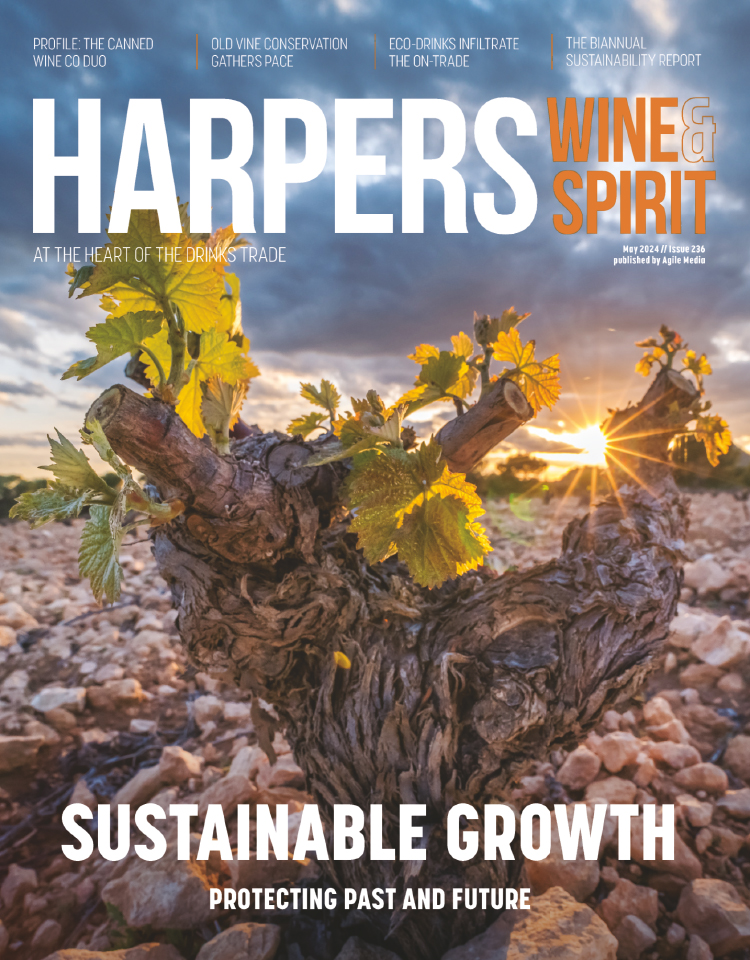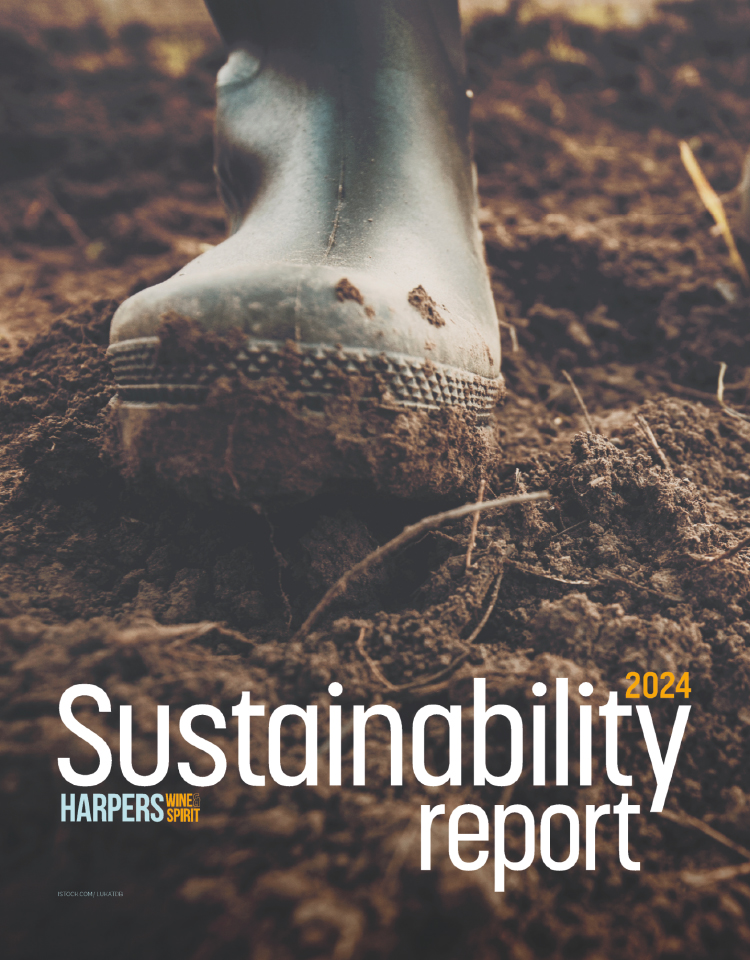
Up to 40 wineries look to be granted the new Cape Vintner Classification in South Africa
Between 30 and 40 South African wineries are expected to be granted the prestigious new Cape Vintner Classification, launched last December, after the disbandment of the old Cape Wine Producers' Association.
Between 30 and 40 South African wineries are expected to be granted the prestigious new Cape Vintner Classification, launched last December, after the disbandment of the old Cape Wine Producers' Association.
That is the prediction of one of the seven founder members, Schalk Burger, owner of the Welbedacht Estate in the Wellington ward. The first application window closes this month, and those wineries who meet the criteria will display on their labels the eye-catching CVC logo (embossed with the year 1659 when wine was first made commercially in South Africa). The other six founder estates are Anthonij Rupert, De Wetshof, Kanonkop, Neil Ellis, Rust en Vrede and Vergelegen.
Burger, the former South Africa rugby player whose son Schalk Jnr is a current Springbok, believes that the CVC will mirror Bordeaux's classed growths in helping international consumers to identify top Cape producers. "The future of hand-crafted wines is being able to tell a story and we haven't been telling that story," he told Harpers.co.uk.
"Nowhere in South Africa was a body that was doing that. The CVC is about people who are serious about wine and want to say we've created a wonderful principle, we've got wonderful wines and terroir and that South Africa is not about just bulk wine sales. It's important that the CVC is recognised for the role it's going to play. That is preserving good winemaking principles and becoming the superior endorsement of wines that are made in the vineyards, rather than in the cellar, which we believe is the right way of looking at it. When we travel around the world, everyone talks about big brands and bulk prices but not about the vintage or about our unique sites."
For example, decomposed granite on layers of clay underpin Welbedacht's extraordinary number of varietals, 19 in all, providing the terroir for an excellent range and some of South Africa's very best Syrah.
The four main criteria for CVC accreditation will be strictly enforced to prevent a "farce" according to Burger. These are that fruit must be grown and vinified on the estate; that a cellar door is open to the public six days a week; that ethical labour and environmental practices are observed; and that wines are subject to technical and quality audits by an independent committee. Another requirement of a minimum 20 hectares under vine and 100 tons of fruit may be reduced to allow smaller estates to qualify.
Bartinney, whose wines have been improving dramatically despite relatively young vines, is applying for CVC recognition. Situated in the Helshoogte Pass high above Stellenbosch, its Chardonnay and Cabernet Sauvignon are particularly worth watching.
So too is the 2013 Hamilton Russell Pinot Noir, yet to be bottled but which Harpers tasted ex barrel last week. It could be the Hemel en Aarde producer's best yet in the view of owner Anthony Hamilton Russell, whose Chardonnay continues to set the benchmark for South Africa. His main export market, the US, will, however, find it difficult to get hold of the 2013 Chardonnay after 600 cases, half the country's allocation, froze on a New Jersey dock in January.
Two delectable Chardonnays have also been produced by Sumaridge, in Walker Bay, and by Richard Kershaw, a British Master of Wine now resident in Elgin. Both are available in the UK. Sumaridge's Gavin Patterson, is a rising star in the African firmament of winemakers, and his two reds, the Pinot Noir and the Epitome (a blend of Syrah and Pinotage) are well worth the outlay.
Also worth sourcing are the wines of boutique producer, Scali, whose owners Willie and Tania de Waal craft elegant and beautifully balanced medium-bodied Syrah and Pinotage in a cooler area of the hot region of Paardeberg. Willie's great-great grandfather bought the farm with a 45-carat diamond in 1877, and they have named their alluring sparkling Chenin Blanc, Ancestor, after him. Unusually, it is made the methode ancestrale, a single fermentation in bottle rather than two as per the traditional method.
Unconventional methods, but high quality wine, can likewise be found in a couple of estates in the isolated and beautiful ward of Bot River, near Hermanus. Niels Verburg did not choose to name his winery Luddite for nothing, eschewing intervention wherever possible. He does not irrigate any of his vines, mostly 40-60 years old, uses wild yeasts wherever possible and applies minimal sulphur. His Chenin Blanc and Syrah are superb examples, while just down the road, Sebastian Beaumont makes some of the best Chenin in South Africa from low-yielding old vines.
In an even remoter wine 'region', the hilly Midlands of KwaZulu-Natal, Ian Smorthwaite makes some highly drinkable Sauvignon Blanc and Syrah from vines thought to be the highest in South Africa - 1140m - like Abingdon.
Last but not least as they come two of the oldest estates in Stellenbosch, both dating back to the 17th century, the wines of Muratie and Spier must be mentioned. Tragically, the former's winemaker, Francois Conradie died of cancer in January in his mid-thirties, but Francois Haasbroek has stepped ably into his shoes according to owner, Rijk Melck.
The harvest has gone well with the Cabernet looking especially promising. Spier's hugely experienced and capable winemaker, Frans Smit, something of a Stellenbosch legend, continues to craft a wide range of quality reds and whites at a competitive price. His Creative Block no 2, a Sauvignon Blanc-dominated blend, won best white wine of the year in late 2013 at the SAA awards, while his Creative Block no 5 2009, a Bordeaux blend, received rare praise from Hugh Johnson for a New World wine and is available through Laithwaites.





